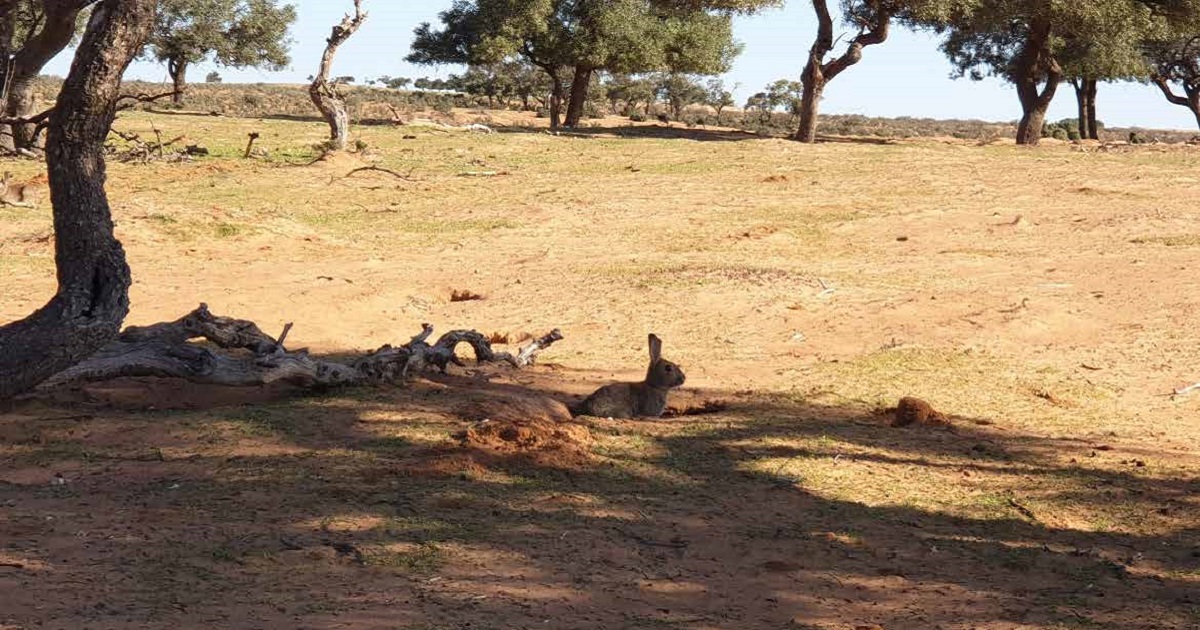Become a rabbit recorder
Kristin Murdock
27 February 2024, 6:40 AM
 Feral rabbits compete with native animals, cause plant biodiversity loss, reduce crop yields and cost the agricultural industry around $239 million per year.
Feral rabbits compete with native animals, cause plant biodiversity loss, reduce crop yields and cost the agricultural industry around $239 million per year.Pest animals cost Australia millions of dollars every year. Feral rabbits are one of the most destructive species of the group, with a damage bill from biodiversity loss, cost to agriculture and reduction in crops topping $239 million annually.
Australia’s national science agency, CSIRO, is now calling on rural and regional Australians to join a long-running survey which assists in keeping the invasive pest in check. Their nine-year program is the longest-running citizen science survey of rabbit diseases in the world.
In our Western Plains area, Local Land Services advise that rabbits occupy a wide range of habitats and can achieve high densities.
Historical releases of Myxomatosis and Calicivirus has suppressed numbers with pockets of populations fluctuating over time.
And it’s the prevalence of these diseases that the CSIRO are interested in.
Rabbit haemorrhagic disease virus (RHDV), also known as Rabbit Calicivirus, is used as a biocontrol agent to manage rabbit populations at the landscape scale in Australia.
It only affects rabbits and hares, and vaccination is available for domestic (pet) rabbits.
The nine-year disease monitoring program relies on members of the public taking tissue samples from dead rabbits found in their area using free sample kits provided by CSIRO. Samples can be taken from deceased wild or domestic rabbits.
CSIRO scientist Dr Maria Jenckel said the samples provided since 2015 have helped paint a better picture of the viruses circulating in wild rabbit populations.
“We encourage community members from across Australia, particularly in rural and regional areas, to contribute samples for testing so we can get the widest possible coverage across Australia,” Dr Jenckel said.
“Citizen science has expanded rabbit virus tracking from fewer than 30 samples tested annually to an average of 345 samples tested annually from 2015. The program allows researchers to track the prevalence of rabbit virus RHDV, with samples arriving every week.”

Western Plains App spoke to the Local Land Services department and they said rabbits were one of many pests they focussed on locally. The Biosecurity Team Leader advised rabbits are an ongoing issue for landholders to monitor for and as required and to also undertake control and management activities.
"In the Western LLS region, there hasn’t been a noticeable increase in rabbit activity and we haven’t received a noticeable increase in landholder enquiries," the spokesperson said.
But it’s the wide range of geographic samples received by the CSIRO that have been helpful according to their virologist, Dr Nias Peng.
"The huge increase in citizen collected samples has allowed scientists to work on a much wider geographic spread as researchers don't need to collect the specimens directly. Citizen Science projects such as this contributes directly to research on rabbit biocontrol, which has long term benefits for Australia’s biosecurity, native species conservation and ecosystem health," Dr Peng said.
The CSIRO is saying programs like this work best if they are long term.
"It is critical to sustain such programs for the long term to monitor for emergence of new RHDV incursions and/or recombinant variants which may affect wild and domestic rabbit populations.” Dr Peng said.
If you would like to become involved in this Citizen Science research, a free test kit can be obtained by emailing the research team at [email protected] with your postal address.



